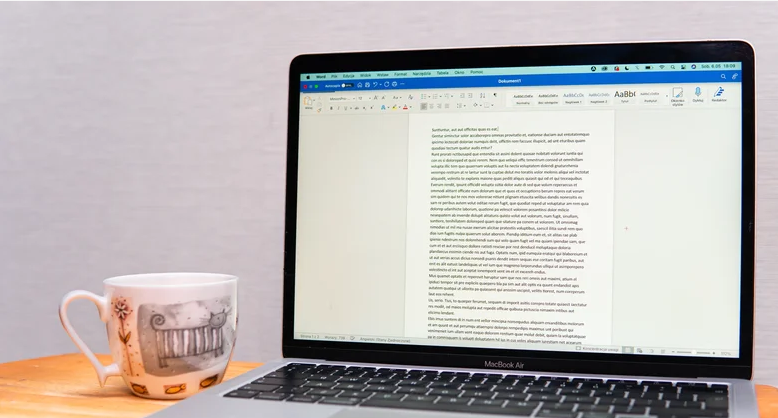Microsoft Word has been gracing our computer screens for four decades now, and it’s rare to meet someone who hasn’t used, or at the very least heard of it. After all, Word has become an integral part of everyone’s life as it caters to a broad spectrum of needs, be it making professional reports or creating eBooks.
If you are a Word user, it’s safe to say you’re already well-acquainted with its core capabilities. You know that you can use the app to convert your document to a PDF, format your pages just the way you like it, and insert equations and images for better context. However, with the app constantly evolving and new features getting integrated regularly, some of these functionalities might have slipped under the radar of even the most seasoned users. Let’s delve into six of the things you probably don’t know Word can do.
Reuse the same phrases and sentences
Working with countless documents means you’ll be encountering similar pages and paragraphs here and there. Maybe your company uses a standard front page for every report or your math professor insists that you add the same score sheet to all your homework. Retyping such content every time you need it can be pretty time-consuming. This is where Quick Parts come into the picture. Quick Parts is essentially a collection of reusable text — be it words, phrases, or sentences. By saving these snippets, you can paste them into your document without much of a hassle.
- To add your frequently used content to Quick Parts, follow these steps:
- Fire up Word on your desktop.
- Type and highlight the content you want to add to your Quick Part gallery.
- Navigate to the Insert tab.
- In the Text group, press on the Quick Parts option.
- Click on the Save Selection to Quick Part Gallery.
- Assign a name for your content.
- Hit OK to save it.
- To insert a Quick Part snippet anywhere in your document here’s what you need to do:
- Open your document in Word.
- Select Insert.
- Expand Quick Parts.
- Pick your content from the saved content.
- To insert the chosen snippet right where your cursor is, simply click on it.
- To insert the snippet in a different location, right-click on the content and select where you want to paste it (e.g., at the end of the document, at the page footer, at the beginning of a section).
Hide certain texts
Have you ever needed to make two versions of the same document because some parts of it aren’t meant to be read by everyone? Say, for instance, a quiz where the answers shouldn’t be visible, or a contract with sections irrelevant to certain hires. This method might work for others, but it’s generally confusing having to manage two almost identical documents. Instead of doing so, there’s a neat trick in Word you can use: hide texts. It’s the perfect solution for those moments when you need to keep certain information out of the printed version but don’t want to clutter your space with similar documents.
Here’s a quick guide on how to do it:
- Open your Word document.
- Highlight the snipper you wish to hide.
- press the Word keyboard shortcut Ctrl + D or go to the font group under the Home tab and click the small arrow in the corner.
- In the font dialog box, turn on the Hidden box under effects.
- Press OK.
Your selected text will now disappear from the document, both in the normal reading mode and in the printed version. Should you need to see this text again in the document, just click the Show/Hide button (looks like a backward P) in the Paragraph section of the Home tab. If you decide to include this hidden text in your printout, navigate to File > Options, select the Display tab in the dialog box, and tick Print hidden text.
Generate placeholder texts
Sometimes, when you’re writing a document, you might not have all the data or content yet. However, because you need to finalize the formatting of your document, you’ll resort to scouring the internet for random text or hopping on an online Lorem Ipsum generator to create one for you. However, you actually don’t need to do those extra steps as Word comes with a built-in feature that generates placeholder text without much fuss.
In your Word document, simply type =rand() to insert a sample text in English or =lorem() to insert a Lorem Ipsum text. Then, press the Enter key. By default, the sample text will consist of three paragraphs. If you’re looking for something longer than three paragraphs, you won’t have to retype the keyword over and over again. Just modify the command slightly. Use =rand(x,y) or =lorem(x,y) instead. X represents the number of paragraphs you want and Y represents the number of lines per paragraph. So for instance, typing =rand(5,3) will give you five paragraphs, each with three lines.
We hope these tips have been helpful in your business. Please let us know if you have any questions about your IT environment or how to secure it from outside cyber threats. We are here for you! Contact us at (732) 780-8615 or email at [email protected].
Marinel Sigue, Excerpt from “6 things you probably didn’t realize Microsoft Word can do“, slashgear.com, December 15th, 2023

